|
|
|
|
Products mentioned in this Article
--None--
|
|
|
|
|
|
|
|
|
 |
|
|
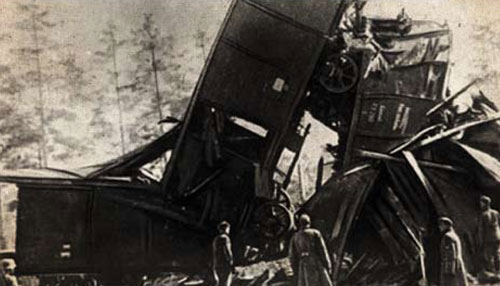 |
Guerrilla Train Raids
by Mike Haught and Wayne Turner
The partisan and raiding war that took place behind enemy lines during World War II is a passion of mine. When Battlefront first released the SAS and LRDG raid missions for Flames Of War, I was instantly excited to play them. Shortly thereafter, Wayne published this fantastic train attack mission for partisans on the East Front.
|
I picked this mission to feature because it is a
perfect example of a
mission for the Finnish
Kaukopartiojoukot (deep reconnaissance troops) briefing as seen in
Wargames Illustrated Issue 269 or in the link below.
Learn about
the Finnish Kaukopartiojoukot here... |
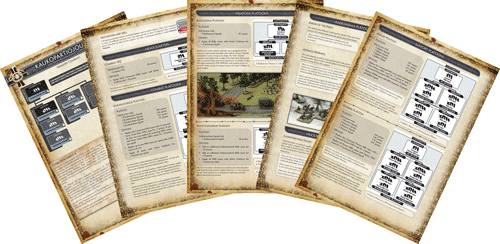
|
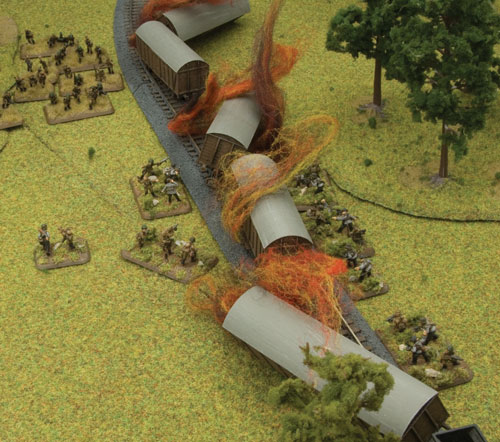 |
Derailing the Enemy War Machine
One very effective way to disrupt an enemy’s
war plans is to cut their
vital railroad lines and destroy their supplies. Trains were a target
for all of the major partisan and guerrilla operations in World War
II,
including Byelorussia, Finland, Russia, France, Yugoslavia, Italy and
Poland.
Cutting the railway caused the Germans and Soviets no end of trouble.
They had to commit a significant police force to defend the railroads
and keep the lines open.
|
| Regular troops like the Finnish
Kaukopartiojoukot (long-range scout
patrols) managed to cut the Murmansk railway on several occasions,
depriving the enemy of vital supplies destined to support the Soviet
offensive in Finland. A raid on the railroad could be done at night
with
a small force, making it an ideal mission for a group of guerrilla
fighters.
|
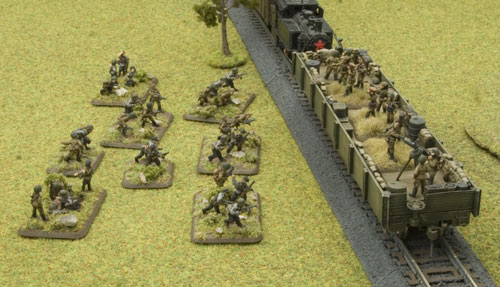
|
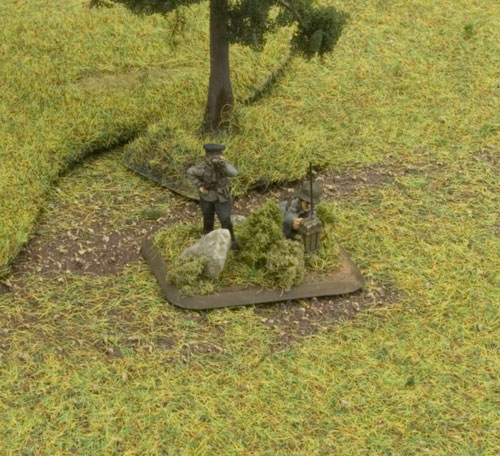 |
There were several tactics that could effectively
disrupt enemy trains. One such method was to plant a
pressuresensitive
bomb under the rail tracks so when the heavy locomotive passed
overhead,
the mine would detonate and derail the train. A small guerrilla force
could set the charge and be long gone by the time the train was
derailed.
The main disadvantage of this tactic was that it
only delayed the enemy. The supplies eventually made it through, so the
sabotage generally had a small impact on enemy operations.
However, if a raiding force was strong enough it could launch a
follow-up assault on the train and destroy the supplies rather than just
delay them.
|
The attack on the train would be preceded by the
demolition of the rail line, embankment, bridge or tunnel. Sometimes
they would place wreckage on the railroad to stop the train.
With the trap set, the raiders would lie in wait until the train
approached and stopped.
Then, the fighters sprang into action, taking the train by surprise
and destroying as much of the cargo as possible before melting away.
The defenders were not completely helpless. As the guerrilla war
progressed, the Germans and Soviets armed their trains with weapons
carriages and posted small garrisons of troops to defend the train. When
threatened, the troops would quickly deploy and defend the train from
the raiders.
|
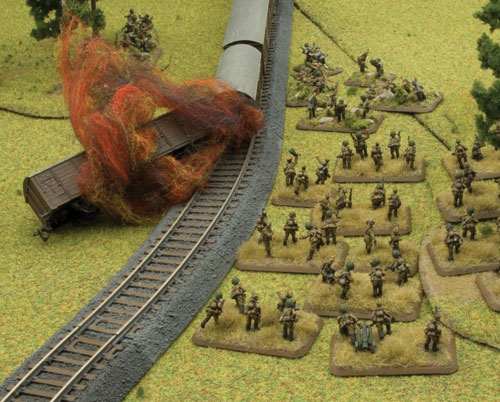 |
This made it very important for the guerrillas to hit the train quickly
before the enemy could react. Sometimes the raiding forces would launch
faint attacks to keep the pressure on the train guards, so that by the
time the train had managed to clear several false blocks, the enemy
troops were worn out and slower to react. Then the raiders would launch a
major assault against the unsuspecting enemy.
|
 |
Last Updated On Thursday, July 15, 2010 by Blake at Battlefront
|
|
|